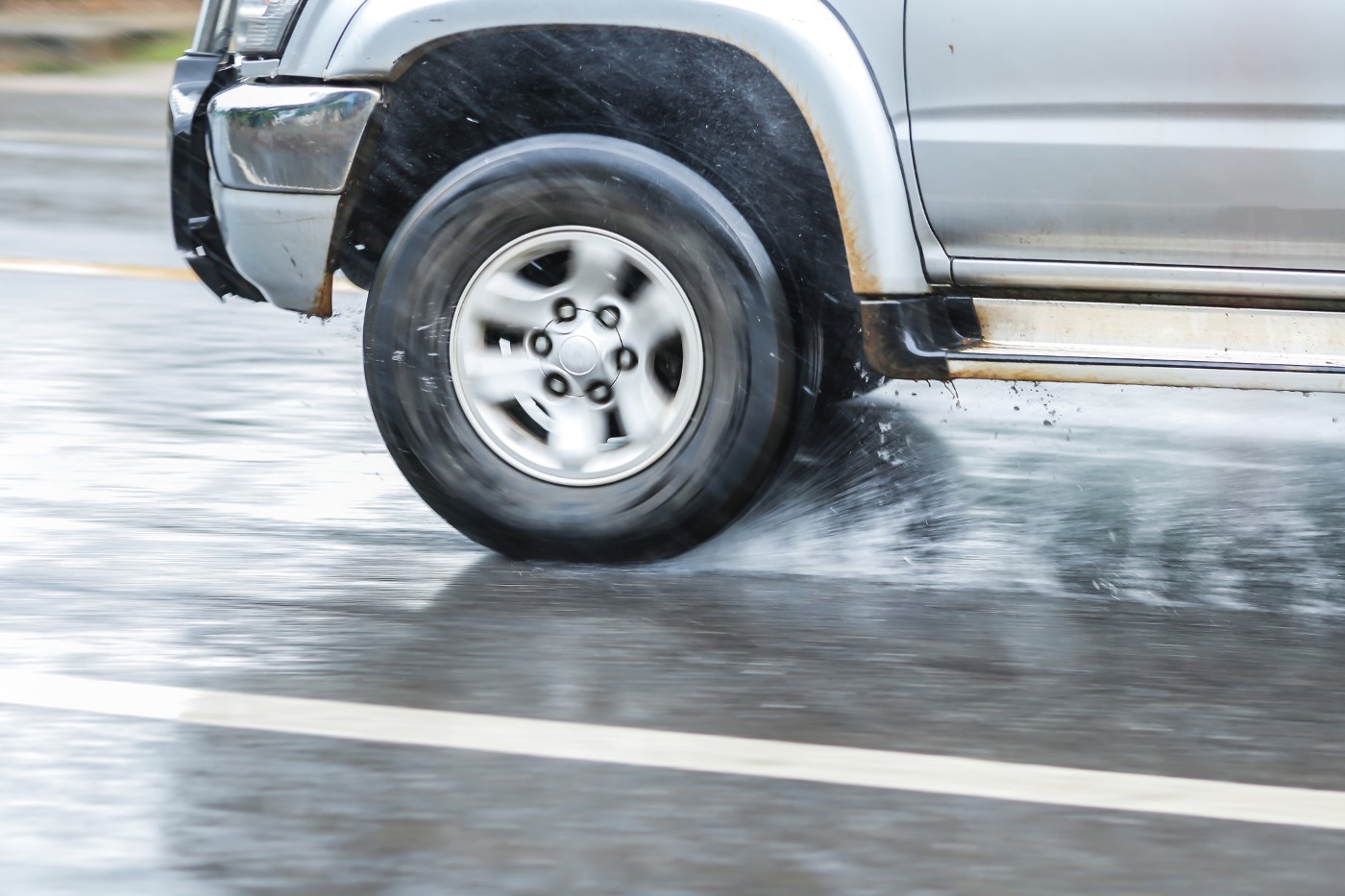Spring in the Hudson Valley is a time of renewal—blooming flowers, warmer temperatures, and longer days. However, with this seasonal change comes an increase in rainfall, creating hazardous driving conditions that lead to a spike in accidents. Wet roads are a major contributor to vehicle crashes, and understanding the risks can help keep you and your loved ones safe.
The Impact of Rain on Road Safety
According to the Federal Highway Administration (FHWA), nearly 70% of weather-related crashes occur on wet pavement, and 46% happen during rainfall. Wet roads reduce tire traction, increase stopping distances, and heighten the risk of hydroplaning. These dangers are amplified in areas like the Hudson Valley, where winding roads, steep inclines, and high-traffic highways such as I-84 and the Taconic State Parkway are common.
Common Causes of Wet Road Accidents
- Hydroplaning – When a vehicle loses contact with the road due to a layer of water between the tires and the pavement, leading to a loss of control.
- Reduced Visibility – Heavy rain and fog can obscure vision, making it difficult to see road signs, pedestrians, and other vehicles.
- Oil and Grease Build-Up – After dry periods, the first rainfall often lifts oil and grease from the pavement, creating slick conditions that increase the likelihood of skidding.
- Speeding and Tailgating – Driving too fast for wet conditions or following too closely can lead to rear-end collisions, which are especially common on major roadways in the region.
Safety Tips for Navigating Wet Roads
- Slow Down: Reduce your speed by at least 5-10 mph in wet conditions to maintain control.
- Increase Following Distance: Leave at least a 4-second gap between your car and the vehicle ahead to allow for longer stopping distances.
- Check Your Tires: Worn-out tires have less tread, reducing grip and increasing the risk of skidding. Ensure your tires are properly inflated and have sufficient tread depth.
- Avoid Cruise Control: Using cruise control in the rain can cause your car to accelerate unexpectedly if you hydroplane.
- Stay Alert Near Bridges and Overpasses: These areas tend to accumulate water more quickly and freeze faster in colder temperatures.
What to Do After a Wet Road Accident in the Hudson Valley
If you are involved in an accident due to wet road conditions, taking the right steps can protect your rights:
- Check for Injuries – Prioritize safety and call 911 if necessary.
- Document the Scene – Take photos of the accident, including road conditions, traffic signals, and vehicle damage.
- Gather Witness Information – If possible, collect contact details from anyone who saw the accident occur.
- Seek Medical Attention – Even if you feel fine, injuries may not be immediately apparent.
- Consult a Personal Injury Attorney – If another driver’s negligence played a role in the accident, an attorney can help you seek compensation for medical bills, lost wages, and other damages.
Legal Recourse for Wet Road Accidents
Determining liability in a wet road accident can be complex. In New York, which follows a comparative negligence system, drivers can still seek compensation even if they are partially at fault. A personal injury attorney can investigate the circumstances of your crash, review weather conditions, and determine if another party—such as a negligent driver or a municipality responsible for road maintenance—contributed to the accident.
Stay Safe This Spring
While spring showers may be inevitable, accidents don’t have to be. By staying informed and adjusting your driving habits, you can minimize risks and protect yourself on the road. If you or a loved one has been injured in a weather-related accident in the Hudson Valley, contact us to discuss your options.

